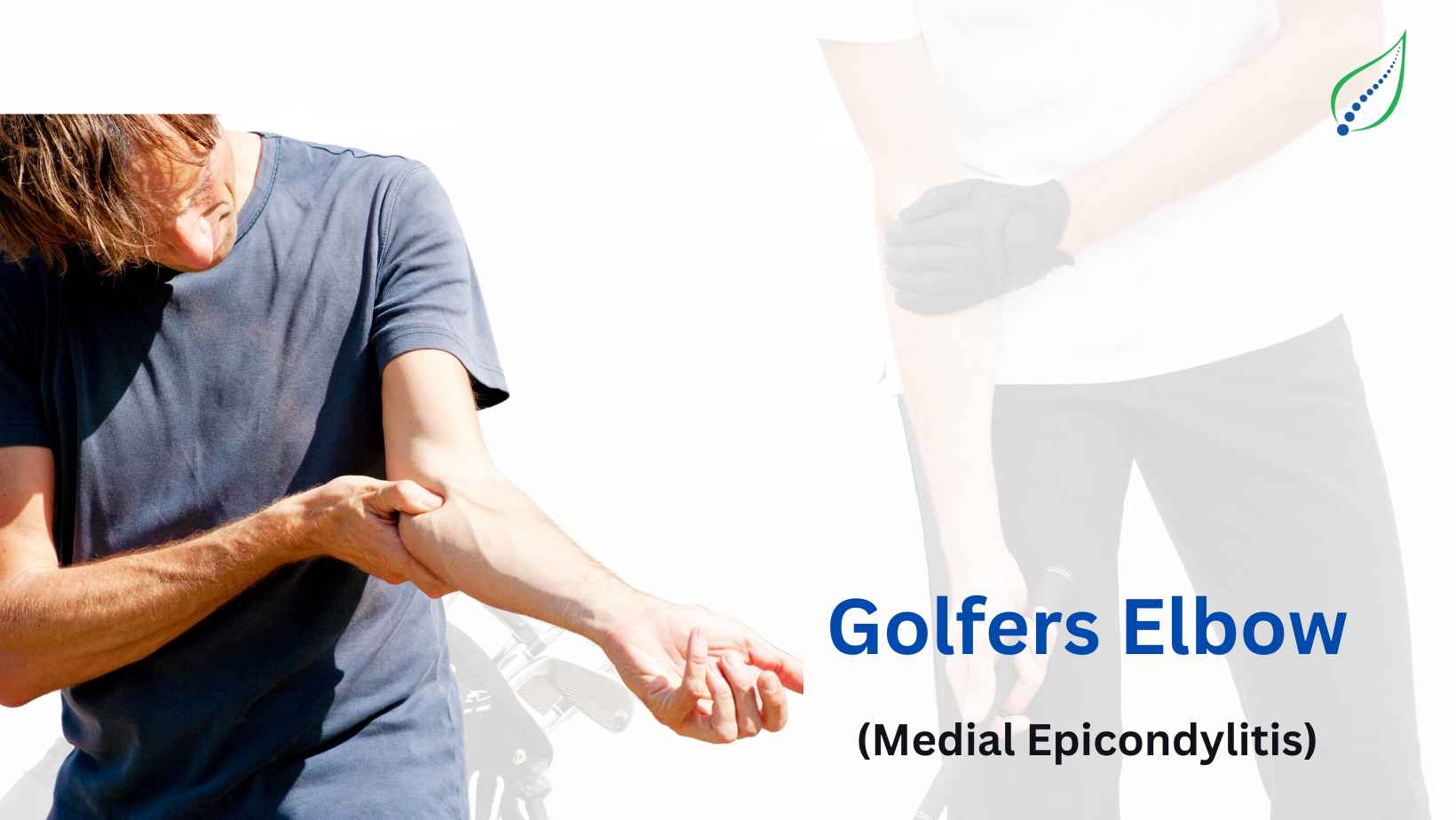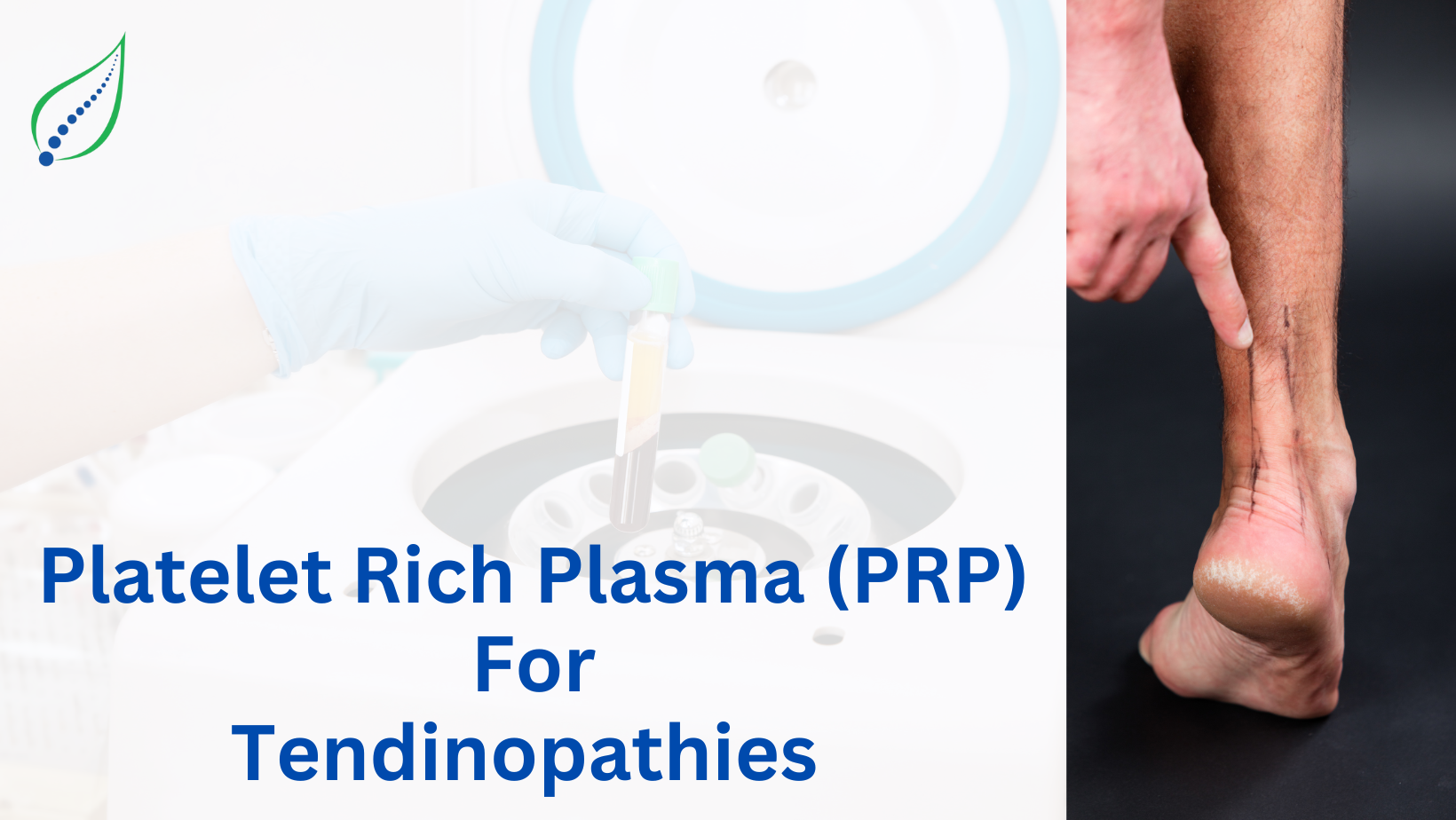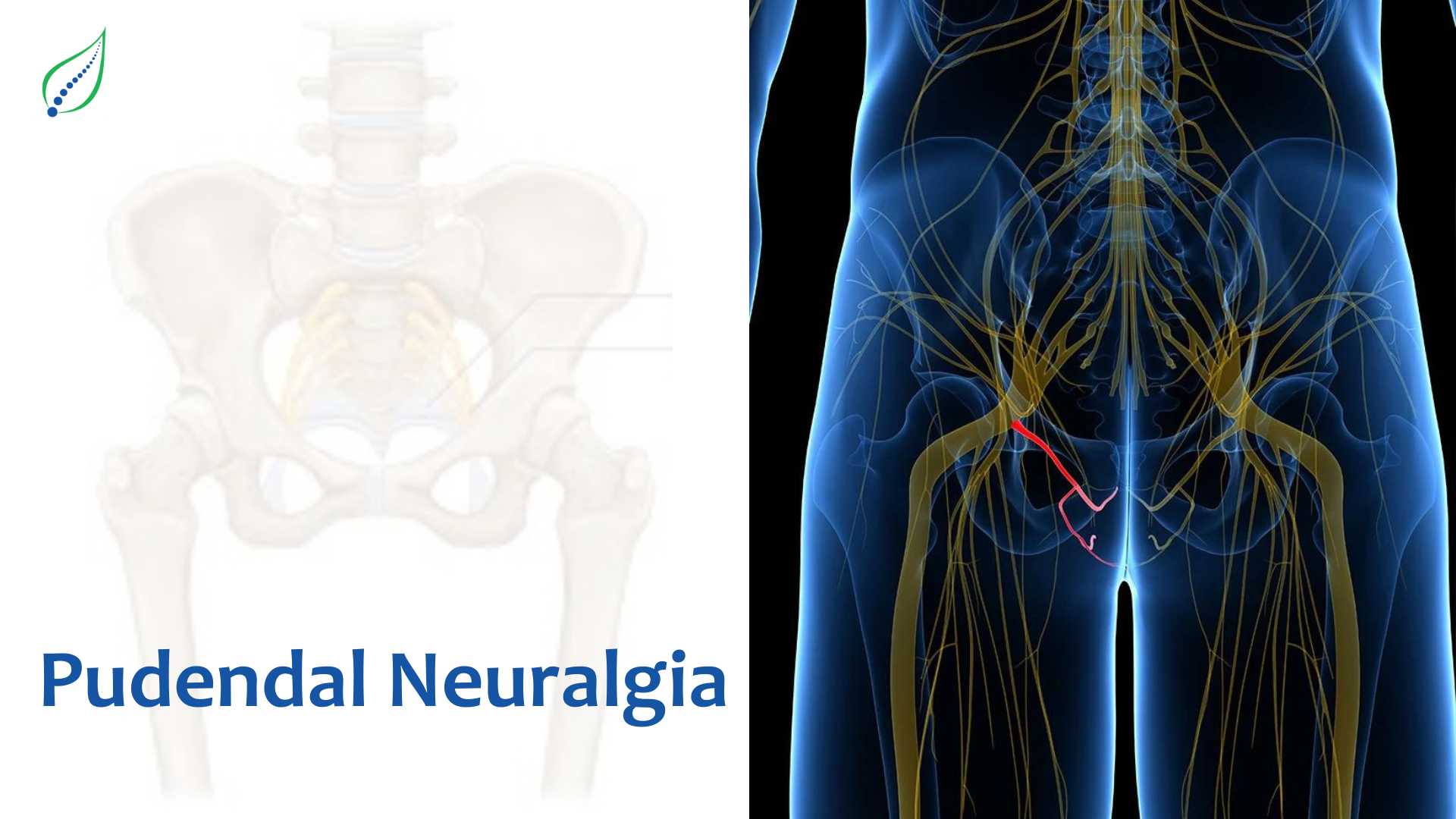Golfer's Elbow
Golfer elbow or medial epicondylitis is basically the inflammation in the tendons that connect the elbow. It is mostly a tendinous overload injury leading to tendinopathy. Most people who use their forearms for grip, but rotating your arm rapidly or by flexing, your elbow can suffer from inflammation, which is a form of tendinitis. You can also say that it is another version of tennis elbow as it is most common among tennis players or baseball players. Following are some of the symptoms of golfer’s elbow: -
- Pain and tenderness – It is felt on the inner side of the elbow and extends to the inner side of the forearms.
- Stiffness – If you have golfers elbow, your elbow tends to get stiff which makes it difficult to straighten your hands
- Weakness – Another symptom is that your elbow might feel weak along with your hands.
- Numbness or tingling – Next symptom of the golfer’s elbow is the sensation of needles or the tingling feeling on your elbow.
Causes of golfer’s elbow
Some of the causes of the golfer’s elbow are playing sports, throwing games, weight training and repetitive movements of hands.
Treatment for Golfer’s Elbow
Now when we come to the treatment of the golfer’s elbow, the best treatment you can get is to give your hand the much-needed support and rest. Some basic treatments you can undertake for golfer’s elbow are: -
- Medication - The first treatment option is the medication prescribed by the doctor. Non steroidal anti inflammatory drugs helps in reduction of inflammation.
- Physical Therapy - Exercises are helpful in strengthening your muscles. Your doctor can also perform ice therapy, ultrasound or muscle-stimulating techniques to improve your muscle healing.
- Steroid Injection:
It is done on OPD basis around inflamed tendon. Usually helps to reduce the swelling around the tendon resulting in pain relief.
- PRP Injection - Platelet rich plasma (PRP) injection is an advanced and evidence- based treatment option for golfers elbow treatment. They help in speeding up the healing process. PRP is prepared from patient’s own blood which contains high amount of proteins (growth factors) which ultimately promotes fast healing of torn ligaments and tendons.
- Ergonomics - Your doctor may suggest adjustments to how you perform various tasks, and make suggestions to improve your form and reduce any chance of injury. Adjustments made in your swing, throwing techniques, or work tasks can help reduce pressure placed on the tendons in the forearm region.
- Do not ignore pain: You should not feel pain during an exercise, however, some degree of discomfort is normal. In case of any severe pain, visit your doctor.




